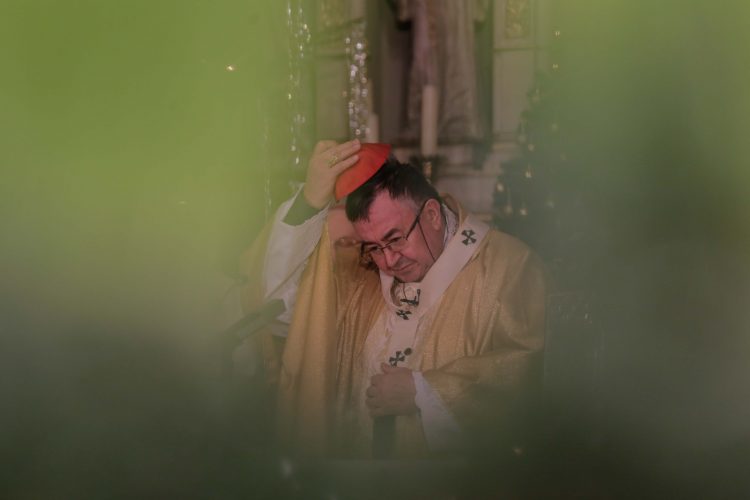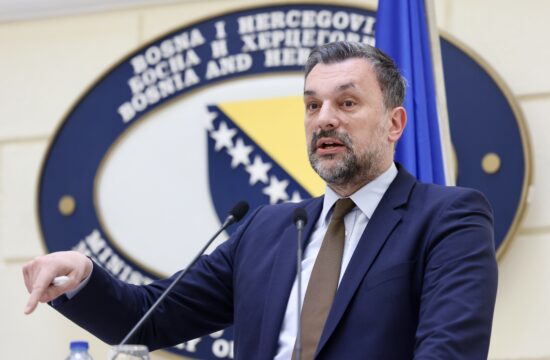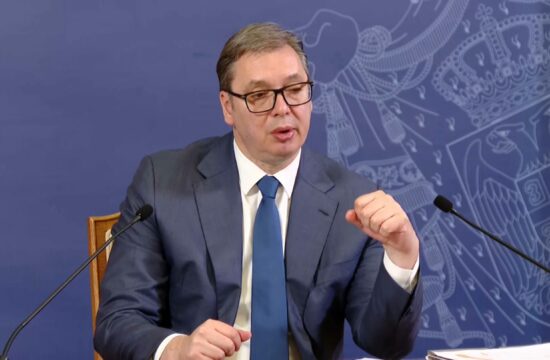
Archbishop of Vrhbosna, Cardinal Vinko Puljic expressed concern over the trend of the increased migration of Croats from Bosnia and Herzegovina, noting that some prefer that there are fewer Croats in the country.
According to the Catholic Church in Bosnia, the number of Catholics decreased by 14,107 in the period 2016-2017, Puljic said. In his opinion, this trend is concerning rather than dramatic.
“People got tired of the corruption that rules, inequality before the law, and of being driven crazy due to that odd bureaucracy in administration,” said the cardinal.
Asked to comment the Pope’s decision to appoint Archbishop Henryk Hoser an Apostolic Visitor “for an undetermined time” to the Saint James parish of Medjugorje, which is run by the Franciscan friars, Puljic replied that the Bosnia’s Catholic Church does not question Pope’s decision but accepts them.
“Whatever the Holy Father proposes and decides is valid for us in Bosnia and Herzegovina too, we don’t take a special stance on that but we accept the Pope’s decision,” concluded Puljic.
Pope Francis initially appointed Archbishop Henryk Hoser of Krakow Poland as Papal Envoy to Medjugorje on February 11, 2017. At the time of the announcement, the Vatican Secretariat of State said “the mission has the aim of acquiring a deeper knowledge of the pastoral situation there and above all, of the needs of the faithful who go there in pilgrimage, and on the basis of this, to suggest possible pastoral initiatives for the future.”
Medjugorje had become an unapproved destination of the Catholic pilgrimage in 1981 when six local children claimed they had seen visions of the Blessed Virgin Mary. The Vatican set up a commission to study Medjugorje in January 2014 but no official decision has been made yet. In May 2017 Pope Francis said the apparitions needed to continue being studied, which was followed by the official commission’s statement confirming the supernatural origin of the first seven occurrences of the apparitions, which is not considered as an official stance.




